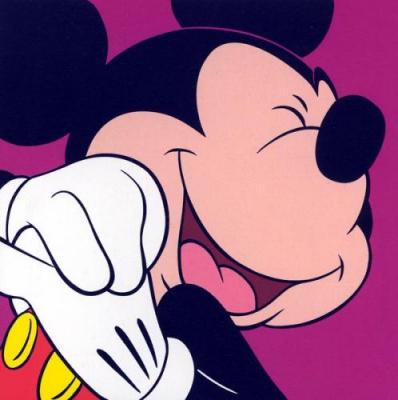On the 12th November, I visited the kampung for the field trip. We went to this field trip so that we could learn about the different ways to purify the water. There are 6 stations in total to purify water but we didn't have enough time to watch all of them so our group saw stations 1,3 and 5.
In station 1, we saw the water was purified in a big blue drum which worked as a sand filter. It contains rough rocks 10cm high, fine rocks 5cm high and fine sand 45cm high. The fine sand helps trapping the microorganisms and dirt. But still, it's not suitable for drinking and is used for showering.
In station 3, we saw that this method depends on the sun to purify the water. What we have to do is, finding any bottle and wash it properly. After that, we fill the bottle with water and left it out in the sun. It takes 6 to 7 hours to make it drinkable on sunny days but on cloudy days, it takes about 2 days to make it drinkable. The bottles we can use has to have smooth, thin and the labels should be removed.
In station 5, we saw how to check if the water is safe or not. There are two ways to check it. First, we used ph meter. If the number in the ph meter shows between 6 to 8, it means the water is safe (But not for drinking). The other way to check it is to use a turbidity meter. It has a number from 5 to 500 and at the bottom of it, it has a cross sign and if we can see it at the higher place, it means the water is more clearer. To see if there is a microorganisms or dirt, they use a machine called equalizer. It shows the microorganisms level so we can know how much dirt are there in the water.
It was pretty more specific than the water treatment because the guides in Kampung explained longer and clearer than the water treatment guides so I could learn lots of things I didn't know before.
Monday, November 16, 2009
Subscribe to:
Post Comments (Atom)

No comments:
Post a Comment